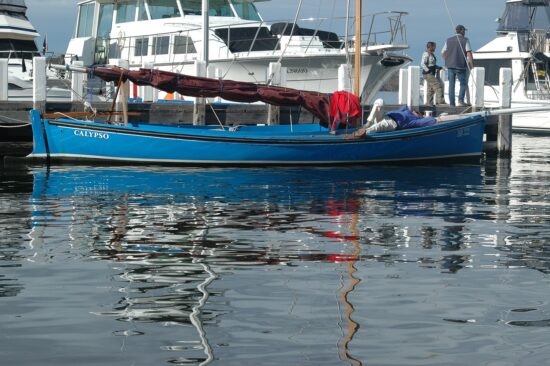Anthropogenic contamination sources drive differences in antimicrobial-resistant Escherichia coli in three urban lakes
Antimicrobial resistance (AMR) poses a significant threat to infectious disease treatment, but its prevalence in environmental reservoirs remains unclear. A study isolated antimicrobial-resistant Escherichia coli from three urban waterbodies over a 15-month time series, revealing distinct patterns of resistance. The strains were found to be resistant to clinically important antimicrobials, but susceptible to amikacin and last-line antimicrobials. The resistance was primarily due to acquirable antimicrobial resistance genes, while chromosomal mutations conferred resistance to quinolones. The study also identified a wide array of AMR and virulence genes, and found that environmental persistence, transmission between sites, likely mediated by wild birds, and transfer of mobile genetic elements contributed significantly to the observed patterns.
AMR NEWS
Your Biweekly Source for Global AMR Insights!
Stay informed with the essential newsletter that brings together all the latest One Health news on antimicrobial resistance. Delivered straight to your inbox every two weeks, AMR NEWS provides a curated selection of international insights, key publications, and the latest updates in the fight against AMR.
Don’t miss out on staying ahead in the global AMR movement—subscribe now!







